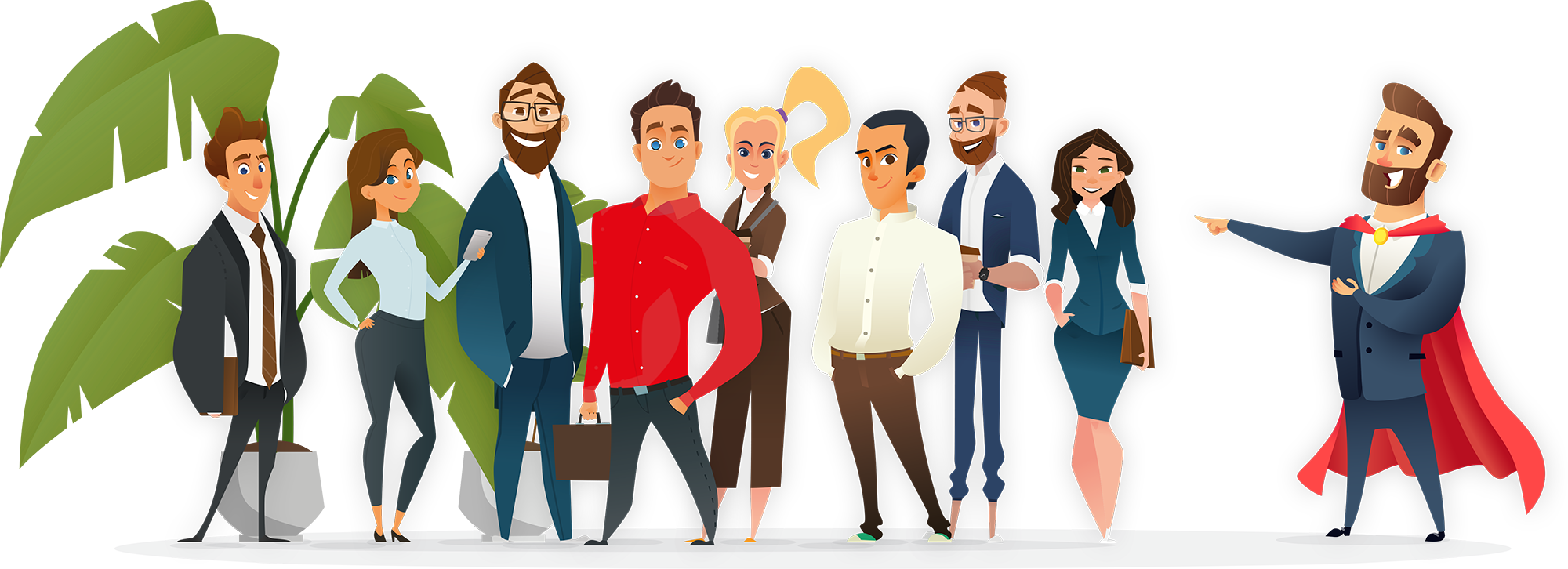Odoo 15 – Sales processes and evaluations – Sales and CRM
Online workshop on 30 November 2021:Fun with sales: choosing the optimal ERP system! Invited was Robert Duckstein from ERP service provider manaTec, who together with 2be managing director Matthias Brinkmann and selected customers and partners discussed innovation and optimization possibilities in the area of digital routines.

